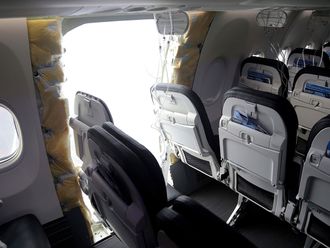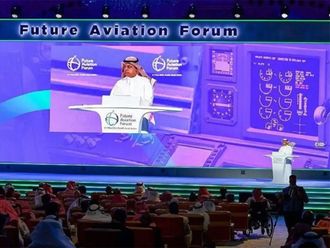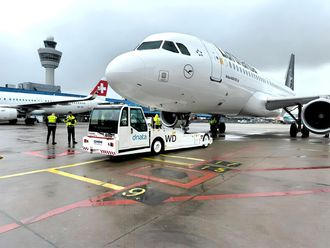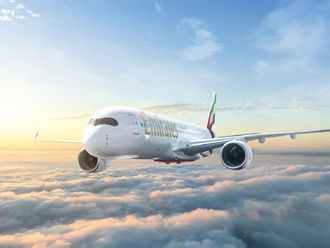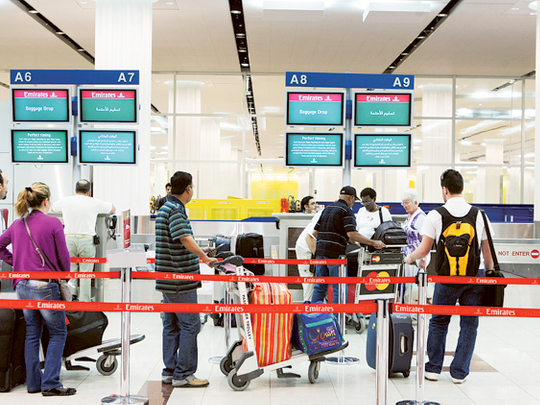
Dubai: An expanding expatriate population is likely to propel growth of the Gulf’s already burgeoning aviation sector, according to projections by a Middle East-based investment bank.
In its ‘GCC Aviation Industry’ report, released this week, Alpen Capital says the constant desire of expatriates to visit their home countries will increase demand for aviation services. The UAE, Qatar, Bahrain and Kuwait have majority expatriate workers with Saudi Arabia and Oman the only two countries in the GCC to maintain a majority national population.
All GCC countries are targeting economic diversification strategies to ease reliance on the hydrocarbons industry, which currently accounts for a bulk of the economic output. However, skill gaps, as well as small indigenous populations, means the region will continue to a rely on an expat-dominated workforce.
The Alpen Capital report says: “In the wake of higher income levels across the GCC”, demand for business and leisure travel is set to increase. There will be further demand for air charter services as the region becomes home to an increasing number of the wealthy. Tourists are also expected to be drawn to the region following plans by Gulf countries to develop medical, adventure, sports, religious and business segments within the tourism sector.
Enhanced brand image
Airlines are also investing heavily in branding. The report states that sponsorship deals by Emirates, Etihad Airways and Qatar Airways of sports teams and other events has enhanced their brand image with existing and prospective customers. The carriers have made sizable investments in European football, including sponsorship deals with Arsenal, Manchester City, Real Madrid and Paris Saint Germain.
In the UAE, air passenger traffic is expected to increase annually by 6.6 per cent between 2012 and 2017. This will be supported beyond 2017 with the delivery of 2,610 aircraft, valued at $550 billion (Dh2.01 trillion), to airlines in the Middle East between 2012-32.
The report states that “further abundant oil reserves in the region ensure a stable fuel supply for the regions carriers at a cost lower than their global competitors”. However, earlier this week Etihad’s chief financial officer James Rigney said that the airline spent $2.2 billion on fuel in 2013, or 40 per cent of the company’s costs. Dubai’s flydubai also said this week that fuel accounted for 39.5 per cent of costs during 2013.
The lack of alternative transport is also seen a key driver for the region’s aviation industry. However, there is no mention of what impact the GCC passenger rail network might have when it begins operations by the end of the decade.
On challenges, the report highlights the ongoing issue of congested airspace in the region resulting in increased operating costs and flight delays. It also states fleet expansion plans could lead to overcapacity in the sector and also increase demand for skilled workers to maintain aircraft.


